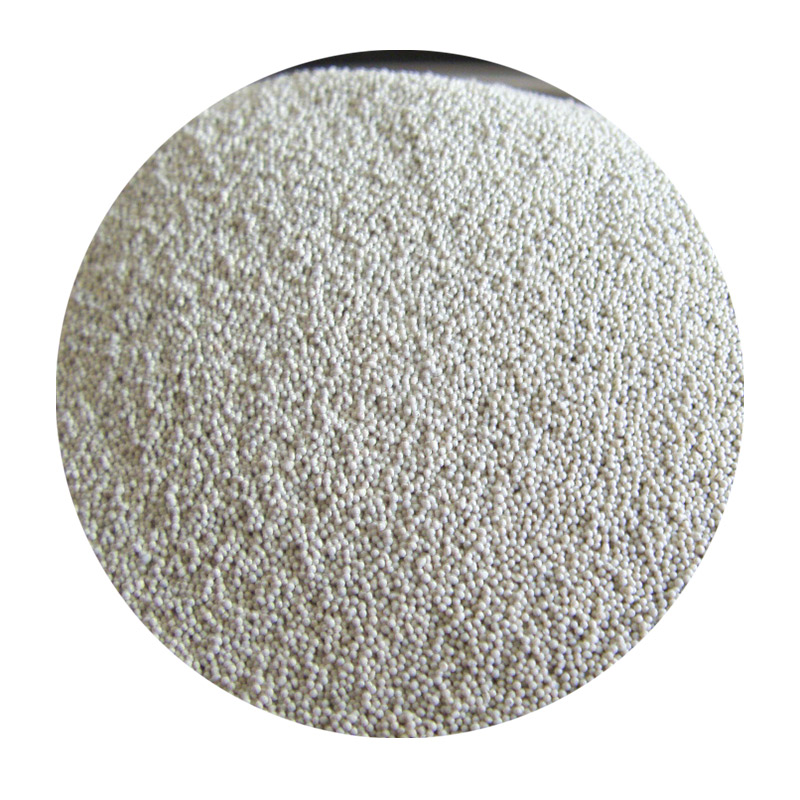The Role of Foundry Sand in Concrete Production
Foundry sand, a byproduct of metal casting processes, has garnered attention in the construction industry, particularly in the production of concrete. This material, primarily composed of silica, is known for its high-quality properties, making it an attractive alternative to traditional aggregates. The integration of foundry sand in concrete not only contributes to sustainability efforts but also enhances the performance characteristics of concrete mixtures.
Sustainability in Construction
The construction industry is under increasing pressure to adopt sustainable practices due to its significant environmental footprint. The use of foundry sand presents a viable solution to this challenge. By recycling foundry sand, which would otherwise occupy landfills, we can significantly reduce waste. The production of concrete often requires large volumes of natural aggregates, leading to depletion of quarries and increased environmental degradation. By substituting foundry sand for a portion of these natural aggregates, the industry can diminish its reliance on virgin materials, lowering carbon emissions associated with both extraction and transportation.
Properties of Foundry Sand
Foundry sand possesses several beneficial properties that make it suitable for concrete production. Its unique grain shape and size distribution can enhance the workability and strength of concrete mixtures. Typically, foundry sand has a fine texture, which can improve the density of concrete, leading to a reduction in the overall volume of cement required. This reliance on foundry sand can also contribute to lower water absorption rates, thereby enhancing durability and resistance to weathering.
Moreover, the high silica content found in many types of foundry sand can contribute to the overall mechanical strength of the concrete. Studies have demonstrated that incorporating 10% to 30% foundry sand into concrete mixtures can enhance compressive strength compared to traditional concrete. Additionally, the incorporation of this byproduct may contribute to improved thermal and acoustic properties, making it particularly appealing for residential and commercial construction projects.
foundry sand in concrete

Challenges and Considerations
Despite its advantages, the use of foundry sand in concrete also presents certain challenges. First, it is essential to ensure that the foundry sand is properly processed and free from contaminants such as oils, heavy metals, and other hazardous substances. These impurities can affect the quality and safety of the concrete. Thorough testing and processing are necessary to enhance the suitability of foundry sand for concrete applications.
Moreover, variations in the composition of foundry sand can lead to inconsistencies in concrete properties. Each type of foundry process may produce different grades of sand, and as such, developers must perform specific tests to determine the optimal mixture ratios for achieving desired performance standards. These tests can include assessing setting time, strength characteristics, and workability to ensure that the final product meets relevant industry standards.
Conclusion
The integration of foundry sand into concrete production holds significant promise for enhancing sustainability and performance within the construction sector. By effectively recycling this byproduct, not only can we decrease environmental impact, but we can also improve the mechanical properties of concrete. However, careful consideration of the processing and testing of foundry sand is paramount to ensure the quality and safety of concrete mixes.
As the industry evolves, continued research and development in the use of foundry sand may lead to broader acceptance and application in various concrete products. The potential benefits, both environmentally and in terms of material performance, position foundry sand as a critical resource in the quest for sustainable construction practices. As more stakeholders recognize these advantages, the incorporation of foundry sand in concrete could become a commonplace solution, paving the way for innovative and eco-friendly building practices.
Post time:நவ் . 07, 2024 22:17
Next:Comparing Sand Casting and Die Casting Techniques in Metal Fabrication
